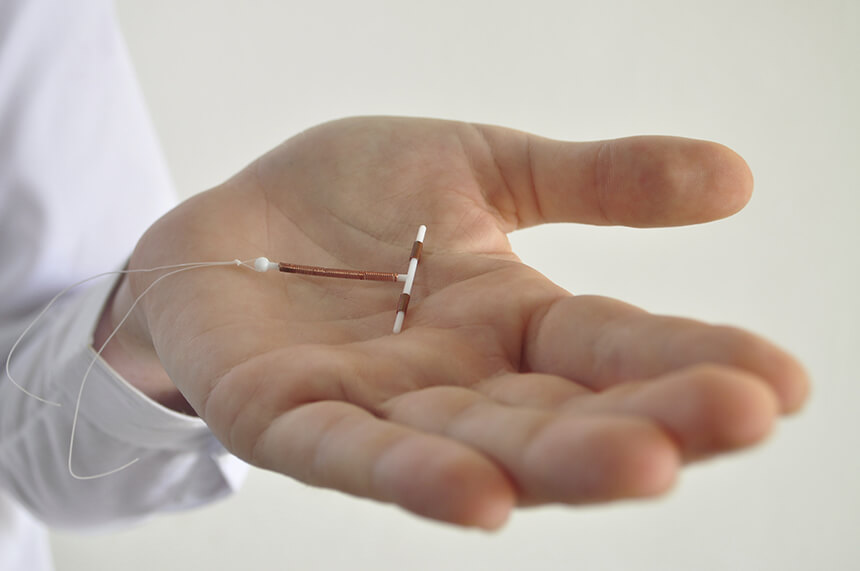IUDs are making a comeback – and with good reason. These little devices represent the safest and most effective way of preventing unplanned pregnancies, according to the American Congress of Obstetricians and Gynecologists (ACOG). Despite this, IUDs are still bouncing back from the bad rep they picked up in the 1970s and 1980s, when a popular brand was connected to infections and permanent fertility issues. But today’s experts say that these concerns are a thing of the past. “People can believe anything they want, but the truth is if you read the literature and the studies, the evidence is that they’re not only the most effective form of contraception, they’re also the safest,” says Dr. Jill Rabin, a New York-based OB-GYN. “They absolutely have the lowest incidence of unintended pregnancies.” Rabin adds that the supposed dangers that were once associated with IUDs are unfounded today. “IUDs will not affect your future fertility and are completely reversible,” she says. “The rumors are coming from the old information, before we had better contraceptives. Nowadays, we have fantastic IUD options available.” For those who don’t know, an IUD (or intrauterine device) is a small, T-shaped device that’s inserted into a woman’s uterus during a regular office visit. Perhaps the most popular type of hormonal one is Mirena, which releases progestin and can be kept in place for up to five years. Paragard is a copper, hormone-free IUD that can be kept in for up to a decade. They prevent pregnancy by disrupting fertilization. They also thicken the cervical mucus while thinning the lining of the uterus. In a nutshell, they basically create an unsupportive environment for a pregnancy to occur. In addition to traditional IUDs, a birth control implant is another option. According to Rabin, the implant goes in the inner surface of your non-dominant arm about three inches above the middle part of your elbow. It’s about the size of a matchstick and can stay in for up to three years. In terms of how it works, she says it does all the same things that an IUD does. The birth control implant, along with IUDs, are referred to as LARCs (long-acting reversible contraceptives).
“There are over half a million unintended pregnancies in the U.S. every year – that’s about 600,000 – and over half of them end in termination,” says Rabin. “The long-acting reversibles are extremely effective and safe. How can we not try to spread the word on these?” One other myth worth addressing is that only women who’ve had babies can use an IUD. False, says Rabin. Smaller IUDs, like Skyla, are appropriate for women who’ve never been pregnant. They also won’t affect future fertility. While the chances are very slim, it is still possible to become pregnant with an IUD or implant. If this happens, Rabin says to contact your doctor immediately as these types of pregnancies can be complicated. (Tubal pregnancies in particular are associated with IUDs.) The pill continues to be the most-used form of female contraception in the United States, according to a 2014 study put out by the Guttmacher Institute. However, the CDC reports that the number of women who opted for an IUD from 2011 to 2013 had gone up 83 percent compared to 2006 to 2010.
What every woman should know about IUDs

iStock


















